Nika Nuova
Year of birth: 1969.
Where do you live: Milan.
Your education: Institute of Design and Technology.
Describe your art in three words: Emotions, Aesthetics, Feminism.
Your discipline: I’m just trying to do my very best. Trying to create a lot. Much of what I come up with doesn’t pass an internal quality assurance check.
nika-nuova.com | Instagram
Can you describe the moment or experience that made you decide to transition from product design to textile art?
Design offers the chance to replicate an idea and make it industrial. Every product has either an artisanal trace or an industrial imprint. This isn’t inherently good or bad; it’s simply a fact that shapes product design. I wanted to move away from the industrialization of art to create pieces that are more authentic and reflect me rather than following a trend. My love for textiles has always driven me. I adore fabric, especially vintage ones that carry extra stories. Creating fabric, making clothes from it, wearing them, storing them—it’s a whole life cycle. I wanted to tell that story and give new life to the fabric, imbuing it with a new aesthetic and form. While I admire classical tapestries, I aim to use existing fabric structures and motifs as sources of inspiration, transforming them into new art objects.
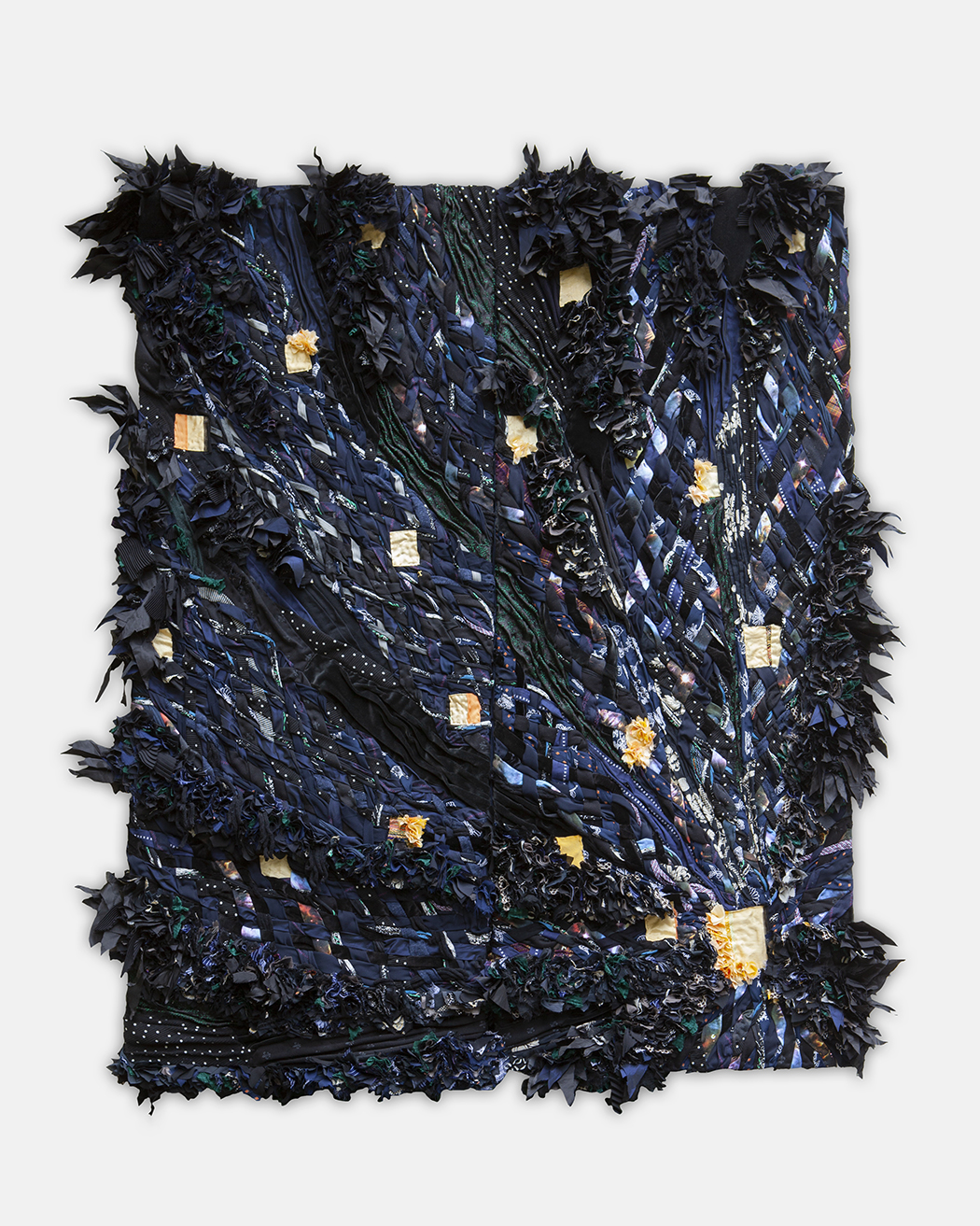 Nika Nuova | Nika Nuova City
Nika Nuova | Nika Nuova City
How has your background in classical art education and fashion design influenced your current work with textiles?
My education has had a direct impact on my current work. I spent a significant amount of time designing clothes, but eventually, I left that path. I craved more abstraction and freedom. Clothing is tied to the body, imposing certain limitations, it subjugates the material to its function. The fashion industry is permeated with narcissism, leading to overconsumption and overproduction, which contributes to catastrophic waste.
However, textiles themselves are one of humanity’s greatest inventions, with their variety of patterns and meanings. This diversity fuels my art, allowing me to create something new from what already exists, similar to how Italian pasta might be derivative from Chinese noodles, but it has evolved into a culinary masterpiece in its own right.
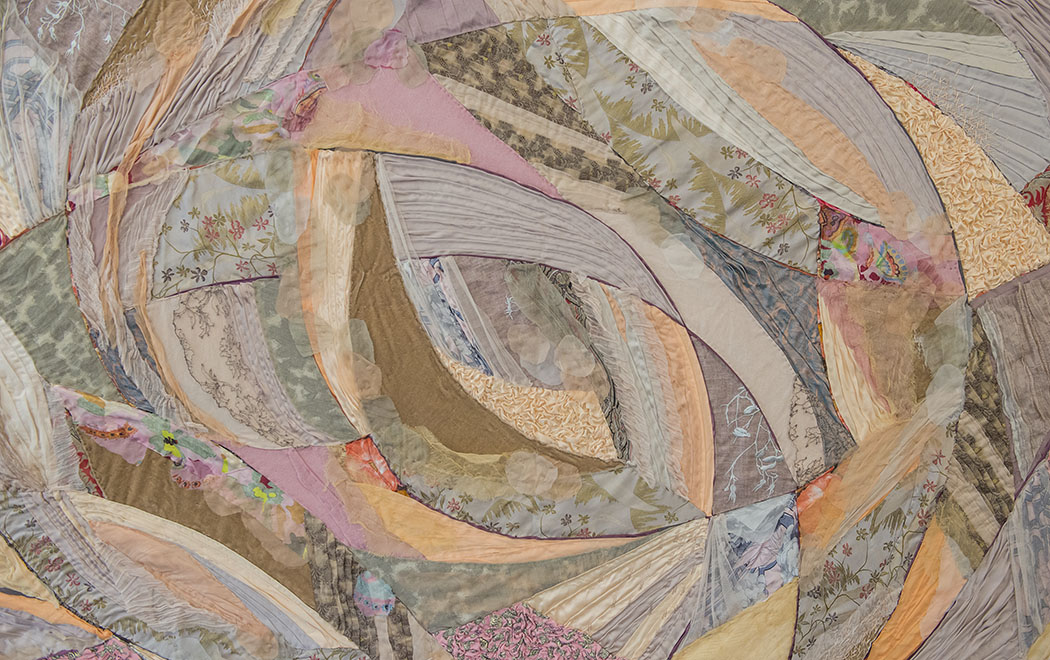 Nika Nuova | Women Warth
Nika Nuova | Women Warth
Your work uses only recycled materials. What inspired this choice, and how do you source your materials?
I almost always use old materials as they provide ample inspiration. It began with items precious to me: my grandmother’s clothes, my mother’s clothes, and my fashion design work. These weren’t always finished pieces—sometimes they were unfinished garments or fabric scraps. While these may not be the typical items people bring when moving, they held great value for me. At some point after yet another move to a new city, Rome I think, I realized it was time to start a new project that would bring these cherished materials back to life, something I had longed to do.
The piece “Anxious Joy” seems to capture a complex mix of emotions. Can you elaborate on the feelings and process behind this work?
In creating this and my other textile works, I aimed to express emotion. I reflected on my experiences in various life situations, dissecting my feelings into different spectrums, and describing them through textures and colors.
Adult joy is complex, involving both unrestrained happiness and the anxiety of responsibility. Joy surfaces, bringing out our inner child who revels in the moment, rejoices unconditionally, without looking back, and experiences the full flush of these positive experiences. But then in a matter of split second the inner adult’s anxiety and sense of responsibility catch up with this joy and makes you doubt everything you are feeling. This tension makes joy more intense and multifaceted, after it prevails, being a positive and vivid emotion.
 Nika Nuova | Clouds
Nika Nuova | Clouds
“Clouds” has a very different aesthetic compared to your textile works. What draws you to create in such diverse mediums?
The concept of this painting required different materials—more pure and simple. I wanted to capture the lightness and contrast between sea and sky, needing a graphic medium to convey this ethereal quality. Paints, unlike textiles, offer a clean tool for this purpose. I believe an artist shouldn’t be confined to one medium; different ideas require different expressions. Art, for me, is about exploring these varied embodiments and being open to experimentation. That’s what art is for me.
In “Faith,” you use old newspapers to create the piece. What significance do these materials hold for you, and how do they relate to the theme of faith?
As I mentioned, the choice of material follows the idea. I started with thin white paper to symbolize lightness, tenderness, fragility, and purity. Then, I added old newspapers, sent to me from various countries and in different languages, representing the barrage of repetitive, regurgitated information imposed on us from the outside. White paper stands for pure, untouched faith, which becomes muddied by conflicting information, true and fake, creating a gray, dirty backdrop that stifles thought and freedom to breathe and fly. Weaving these elements together was a deliberately chosen technique to illustrate the entanglement and constraints of added information.
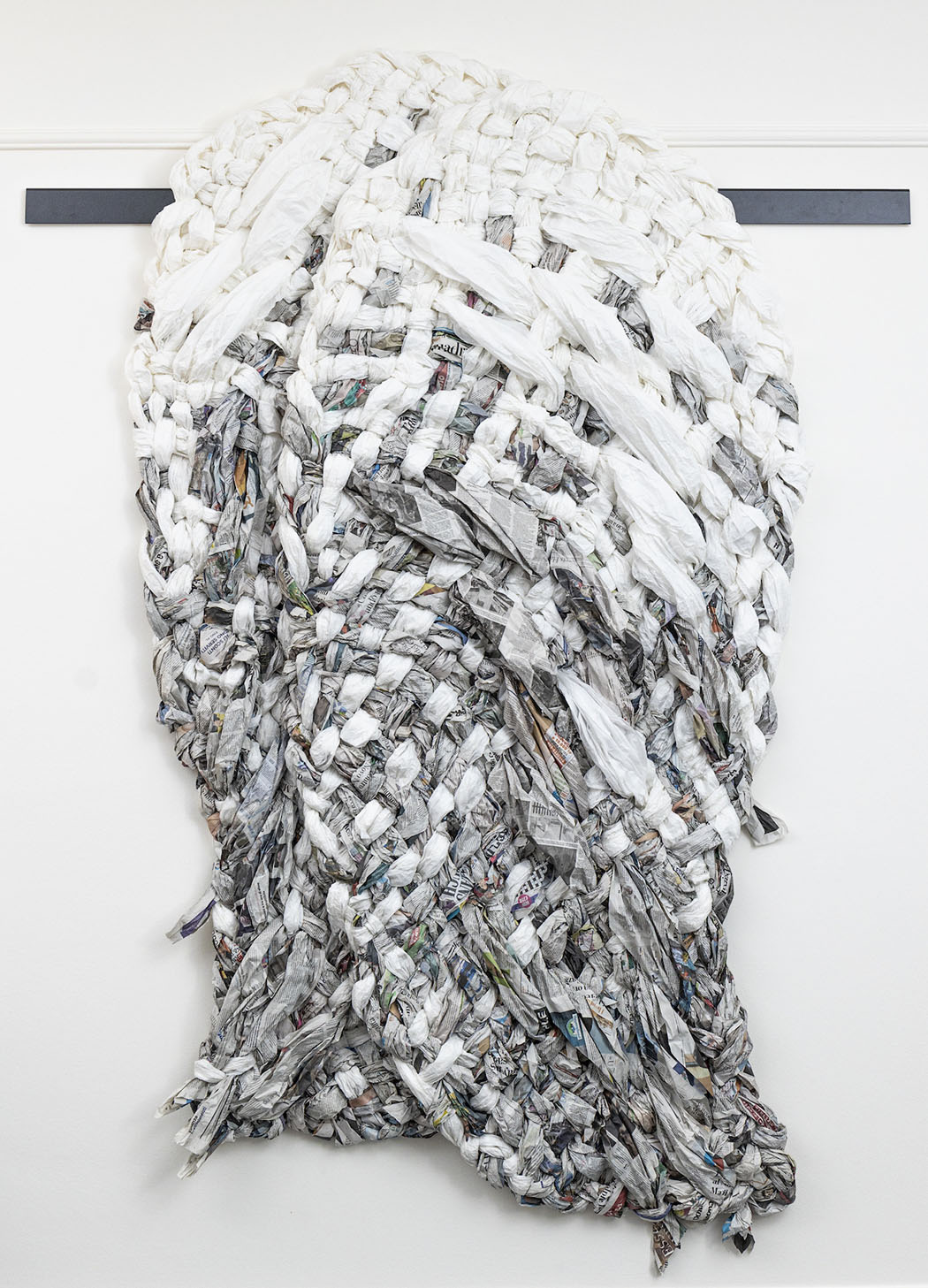 Nika Nuova | Nika Nuova City
Nika Nuova | Nika Nuova City
How do you see your work evolving in the future, and are there any new themes or materials you are eager to explore?
This is a challenging question, especially for an artist. On one hand, I’m disciplined and treat my art as a job, not waiting around for inspiration. On the other hand, envisioning a marketing strategy for my art is tough. The key is to avoid falling into mere craftsmanship while not straying from aesthetics towards pure concept. Maintaining this balance is crucial for me.

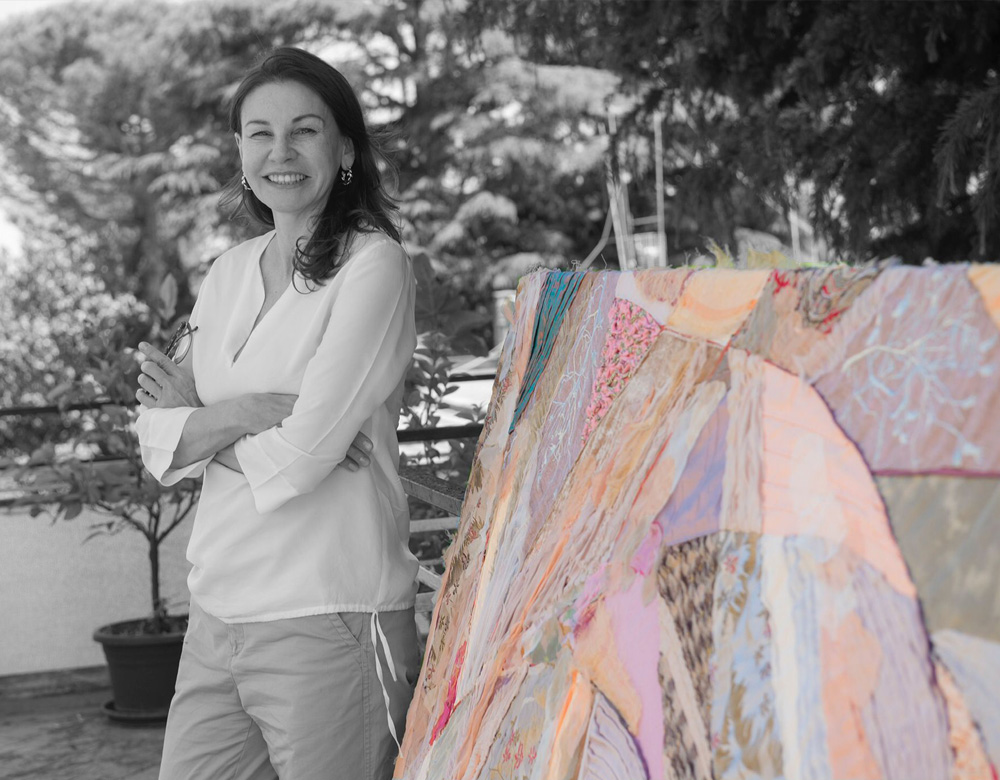
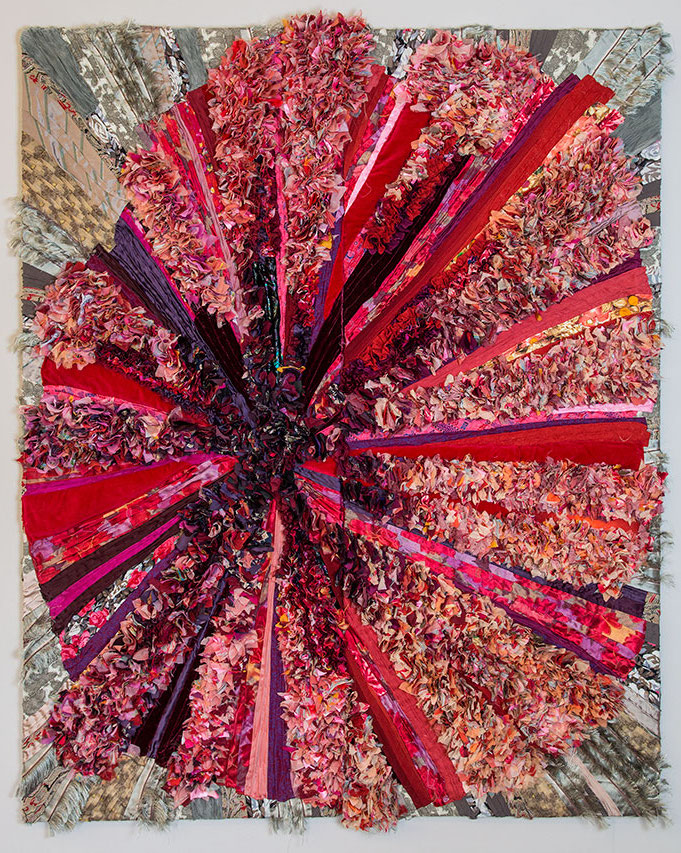
Leave a Reply